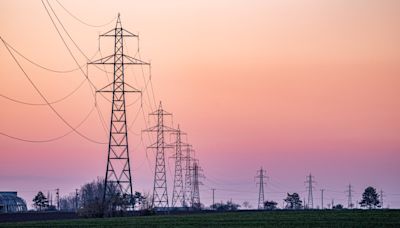Search results
Jan 8, 2018 · 1. Towers. Transmission towers are the most visible component of the bulk power transmission system. Their function is to keep the high-voltage conductors separated from their surroundings and from each other. Higher voltage lines require greater separation.
These structures facilitate electric power transportation over long distances at high voltage levels. Overhead lines are cost-effective and easy to maintain but can be visually unappealing and susceptible to weather-related damage.
According to the International Electrotechnical Commission (IEC), HV is typically defined as any voltage above 1000 volts for alternating current (AC) systems and 1500 volts for direct current (DC) systems. However, the term "HV" can also refer to voltages as low as 50 volts in some safety regulations, depending on the context.
What are high-voltage lines? The electricity supply at home has a voltage of 230 volts (230 V ). However, much higher voltages are used to deliver electricity to homes. Overhead lines carry up to 380.000 volts (380 kV) to transport electricity from power stations to towns and urban centres.
High-Voltage Transmission Lines: These lines operate at even higher voltage levels, ranging from 132 kV to 765 kV, and are used for long-distance power transmission, often spanning across states or regions. Extra-High-Voltage (EHV) Transmission Lines: EHV transmission lines operate at voltage levels above 345 kV.
Jul 4, 2023 · Lines are run between utility poles and towers constructed of steel or aluminum to keep them high above the ground and minimize the risk of people coming into contact with them. Overhead lines are also categorized based on the voltage transmitted and line length.
High voltage electricity refers to electrical potential large enough to cause injury or damage. In certain industries, high voltage refers to voltage above a certain threshold. Equipment and conductors that carry high voltage warrant special safety requirements and procedures.




